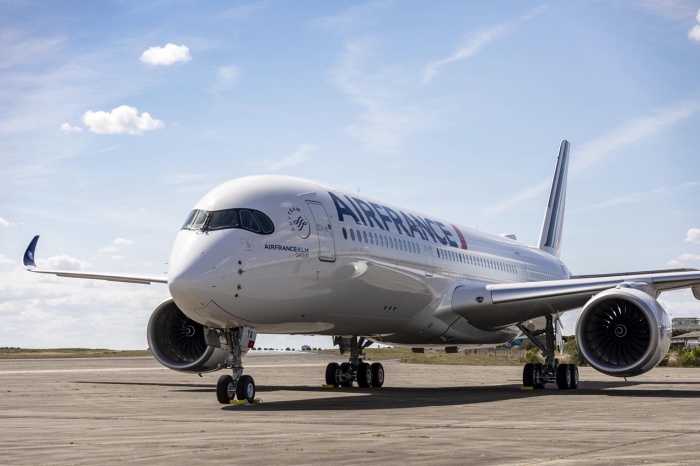
Air France-KLM receives government support to stay aloft
Air France-KLM has secured at least €7 billion in government funds as the group seeks to overcome a collapse in travel demand in the midst of the coronavirus pandemic.
The Franco-Dutch airline group is struggling to pay its bills amid a raft of limitations on travel.
French authorities have confirmed Air France would get €3 billion in loans and another €4 billion in state-guaranteed funds.
Meanwhile, the Dutch government said it was preparing between €2 billion and €4 billion in aid to KLM.
“On behalf of the Air France-KLM board of directors, I would like to thank the French state and our banking partners for this aid, which will enable the Air France-KLM Group to overcome this unprecedented crisis,” said Anne-Marie Couderc, chair of the Air France-KLM board.
ADVERTISEMENT
“It is also the recognition of the strategic role our group plays in the service of France, the Netherlands and our fellow citizens.
“The management and all employees of the Air France-KLM Group will undertake every effort to prove ourselves worthy of the trust placed in us.”
Earlier this year, Air France-KLM estimated the outbreak would cost the group between €150-€200 million in February-April alone.
Company chief executive, Ben Smith, warned the government aid was “not a blank cheque” and would require tough action on costs and performance.
“This financing will give us the opportunity to rebuild.
“Faced with the upheaval the world is going through, we are going to have to rethink our model immediately.”
A transformation plan, which will be finalised in the coming months, is expected to include economic, financial and environmental commitments.
The group is the result of a merger between Air France and KLM in 2004.
With a fleet of 550 aircraft, it covers 312 destinations in 116 countries around the world.
Air France’s activity is now focused on operating a minimum flight schedule, equivalent to around 5% of the capacity usually available. This is designed, on the one hand, to preserve territorial continuity to major French cities and overseas territories, and, on the other hand, to maintain a lifeline with major European and international cities, enabling the transport of passengers and cargo.

